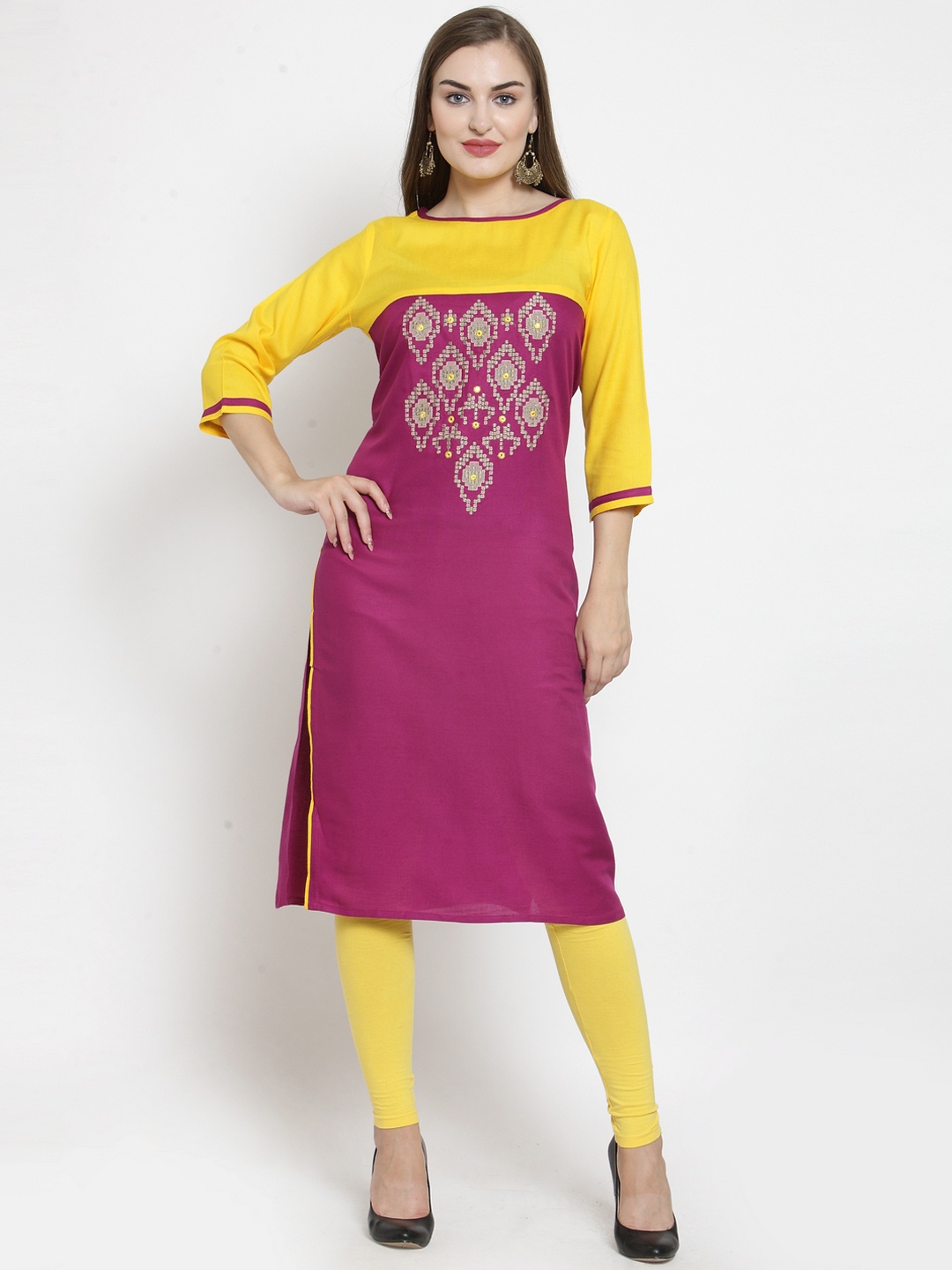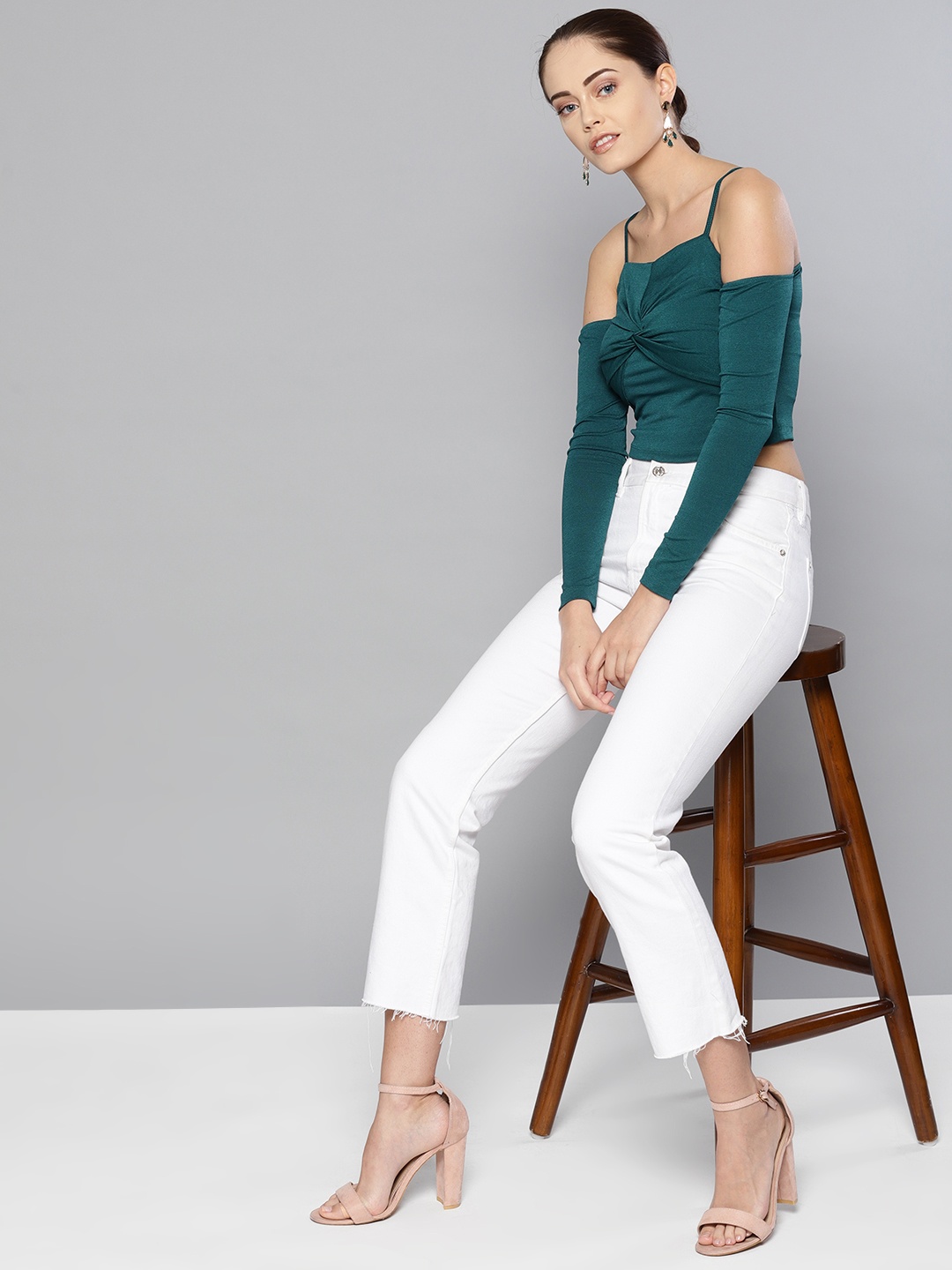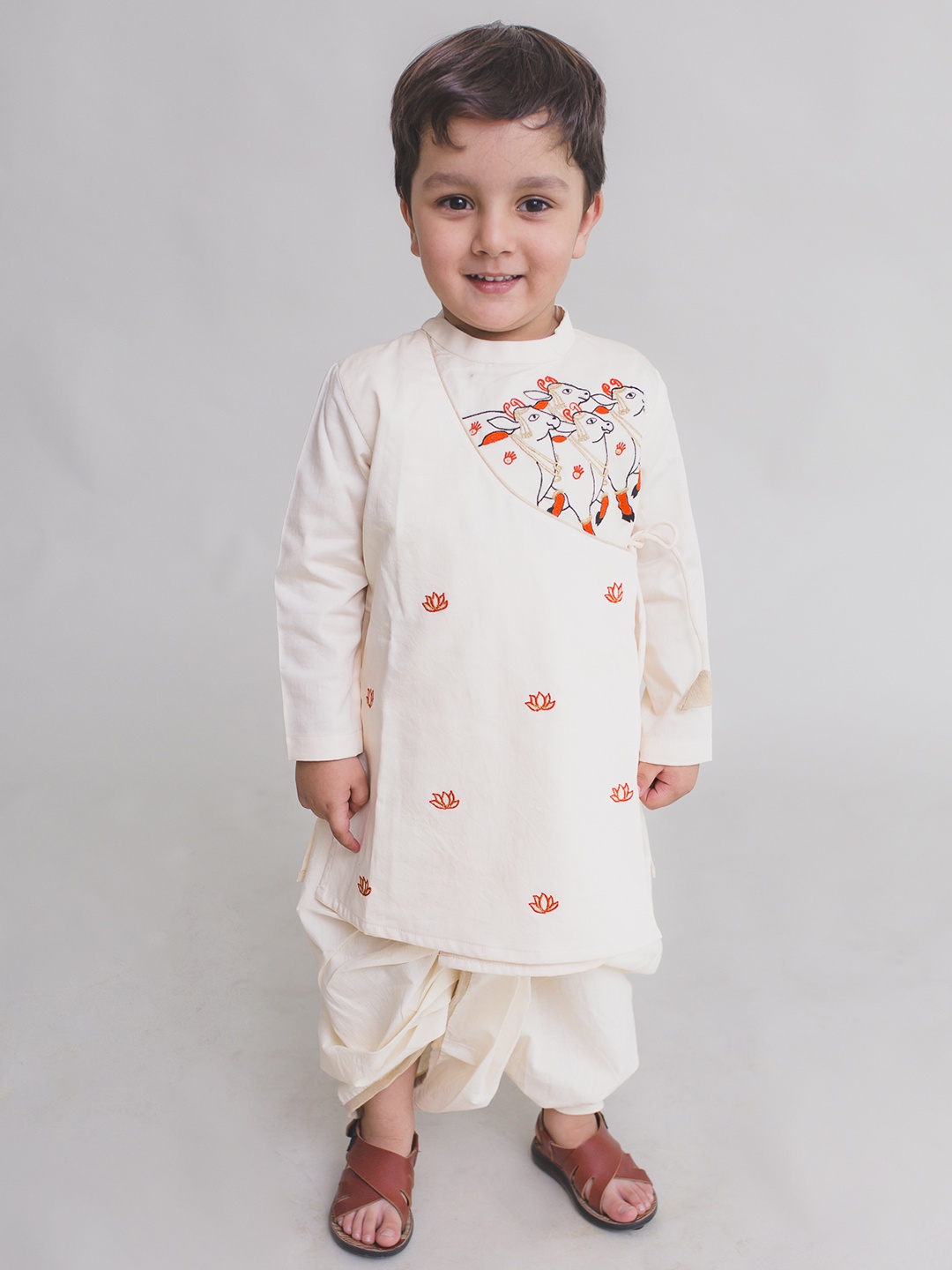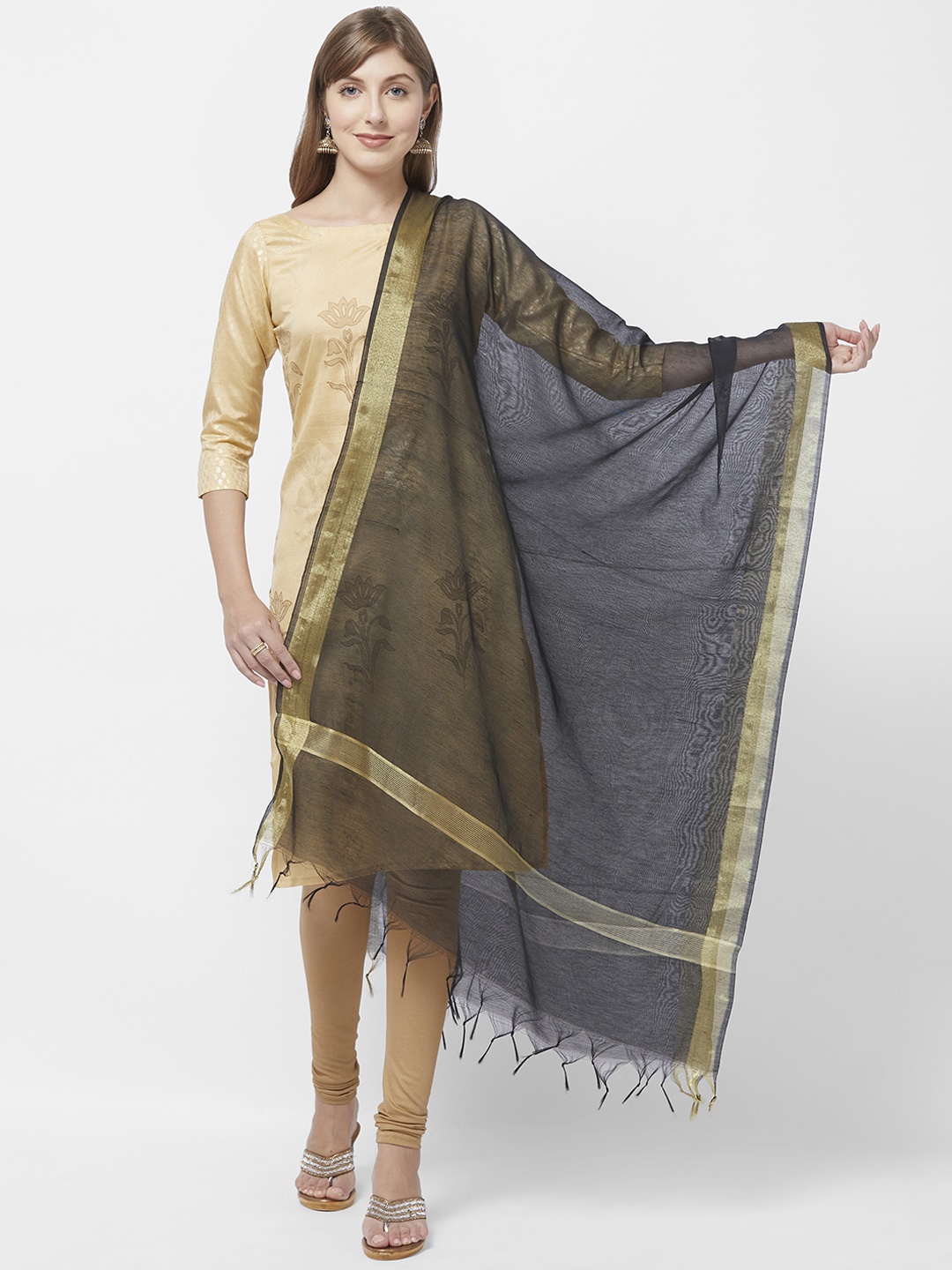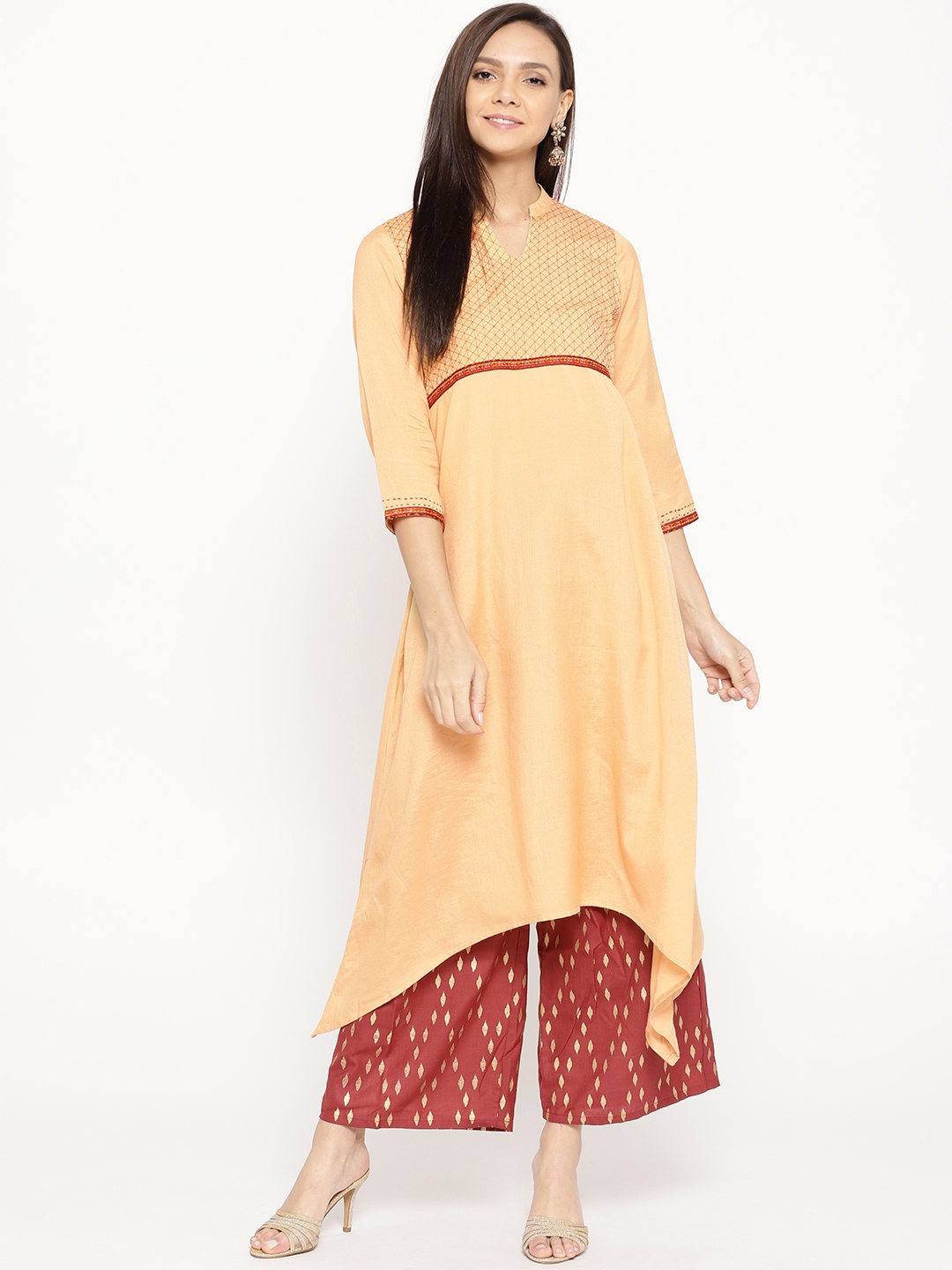Sling Bag Strap Drop Measurement Explained: Tips For The Right Fit Every Time
Buying a sling bag is not only about the style or colour, it is about how comfortably it sits on your shoulder. This is a guide that breaks it down with relatable insights and tips that make sense in everyday life. Here are 10 things you need to know about sling bag drop strap measurement.

Sling Bag Strap Drop Measurement: What Every Buyer Should Know.
Think about the last time you picked a bag from a store or scrolled through an online catalogue. Chances are, the design, price, and brand caught your eye first. But after a few days of using it, maybe the strap felt too short, or the bag hung awkwardly when worn. That's the hidden power of the sling bag strap drop, a measurement that tells you exactly how a sling bag will sit against your body.
It's a simple detail, but it can make or break your comfort. A few centimetres higher or lower could mean the difference between a stylish stride through a market street and constantly fidgeting with your bag during a metro ride. Let's unpack this subtle art of choosing the right strap drop measurement in sling bags and why it matters more than most people realise. Here are 10 things you need to know about sling bag drop strap measurement.

Read about different sling bag strap measurements; Photo Credit: Pexels
1. What Exactly Is Strap Drop Measurement?
Strap drop is the distance between the top of the bag and the peak of the strap where it rests on your shoulder. Think of it as the “hang length” of your bag. Imagine holding a sling bag and letting the strap fall naturally, the vertical gap from the shoulder point to the top of the bag is the strap drop.
For example, a strap drop of around 20 cm usually means the bag will rest under the arm, while 55–60 cm gives a longer, cross-body fit. This measurement isn't random, it defines how the bag looks on you and how practical it feels while moving about.
Many buyers skip checking it, focusing instead on colours, zips, or compartments. But a bag with the wrong drop can feel stiff, restricting arm movement or sitting uncomfortably on the hip. Understanding this one number saves the hassle of regretting a stylish purchase that turns into a daily annoyance.
2. Why Strap Drop Matters For Everyday Comfort
Picture walking through a bustling street market on a Sunday afternoon. The sling bag resting neatly at your hip leaves your hands free to bargain over mangoes or hold a steaming cup of masala chai. Now picture the same scene with a strap that's too short, the bag presses against your chest, sliding uncomfortably every time you bend. Not ideal, right?
The strap drop directly affects posture and movement. Too short, and the bag feels jammed under the arm. Too long, and it swings about like a pendulum, knocking into knees as you climb stairs. The right measurement makes the bag feel like a natural extension of the body, secure yet freeing.
Think of it this way: a comfortable strap drop ensures your bag supports your day, not interrupts it. When chosen well, it turns an ordinary accessory into a companion that blends effortlessly with your routine.
3. The Fashion Factor: Style Meets Measurement
Fashion and function go hand in hand, and strap drop sits at that sweet spot. Ever notice how celebrities wear their sling bags? Some drape them high near the chest for a trendy, streetwear look, while others prefer them low on the hip for a relaxed, bohemian vibe. That's strap drop styling in action.
A shorter drop (around 20–30 cm) creates a polished, chic appearance, perfect for pairing with formal wear or office outfits. On the other hand, a longer drop (50–60 cm) looks casual, making it the go-to for jeans, kurtas, or ethnic wear. The drop frames the silhouette and decides whether the bag blends in or stands out.
It's like wearing bangles or watches, the fit decides the vibe. A slightly adjusted strap drop can shift a look from “just another bag” to a personal style statement. This isn't just about carrying things, it's about carrying them with flair.

A shorter drop creates a polished look, whereas a longer drop looks casual; Photo Credit: Pexels
4. Different Body Types, Different Drops
No two people carry a bag the same way. Height, shoulder width, and even clothing layers all play a role. For someone petite, a strap drop that's too long may cause the bag to hang below the hip, looking oversized. On the taller side, the same strap might barely reach the waist, appearing awkwardly short.
The bag should complement natural proportions. A well-balanced strap drop usually aligns the bag near the hip or slightly above it, creating both comfort and symmetry. Adjustable straps are a blessing because they let each person find their sweet spot without compromise.
During winter, layers like sweaters or shawls add bulk, making straps feel tighter. Meanwhile, in summer, lighter clothing may need slightly shorter drops to avoid the bag dangling too low. Understanding body type and season ensures the bag feels customised to the wearer.
5. Crossbody vs. Shoulder Carry: The Role of Drop
Sling bags are versatile, they can be worn as crossbody bags or as simple shoulder bags. The strap drop defines how effective each style feels.
For a shoulder carry, a shorter drop of around 20–30 cm works best. It keeps the bag close under the arm, easy to reach, and less prone to swinging. This is practical for office commutes or quick errands, where accessibility matters.
For crossbody wear, the drop usually ranges between 50–60 cm. This lets the bag rest diagonally across the body, offering hands-free convenience. It's ideal for shopping sprees, train journeys, or crowded events where security is a priority.
The beauty of adjustable straps lies here, you can switch from a formal shoulder look during the day to a relaxed crossbody style for an evening out, all with the same bag.
Also Read: Swap Your Regular Bags For Crossbody Slings: Top 10 Surprising Benefits For Backpack Travellers
6. Measuring Strap Drop at Home
Here's the good news: figuring out strap drop isn't rocket science. If the brand doesn't mention it, you can measure it yourself in under a minute.
Simply hang the bag on a hanger or door hook. Let the strap fall naturally, then measure the vertical distance from the top of the strap (where the shoulder would be) to the top edge of the bag. That's the strap drop.
A measuring tape works best, but even a school ruler or string can do the trick, just mark the length and compare with a scale.
This quick DIY step is particularly useful when shopping at local stores where detailed product specs are missing. It avoids guesswork and ensures you know exactly how the bag will sit before making a purchase. After all, ₹2,000 spent on a bag should buy comfort, not compromise.

Different sling bags have different strap drops; Photo Credit: Pexels
7. Adjustability: A Buyer's Best Friend
One-size-fits-all rarely works in fashion. That's why adjustable straps are such a practical feature. A simple buckle, slider, or detachable strap can transform one bag into multiple styles.
For example, adjusting the drop shorter can turn a casual sling into a neat office shoulder bag. Extending it transforms the same bag into a crossbody perfect for travelling. This flexibility means the bag adapts to you, not the other way round.
Consider it like tailoring, just as trousers need the right length, straps too need adjustment for the perfect fit. Investing in bags with adjustable straps ensures value for money. They're practical across different outfits, occasions, and even family members who might borrow the bag.
In short, adjustability isn't just convenience, it's a smart way to future-proof a purchase.
8. Bag Size and Strap Drop Go Hand in Hand
A small sling bag with a very long drop often looks disproportionate, dangling awkwardly like a coin purse on a rope. Conversely, a large, bulky sling with a tiny drop can feel cramped and overwhelming, almost like carrying a school satchel.
The size of the bag should guide the strap drop. Smaller bags usually pair better with shorter drops, balancing elegance with practicality. Larger bags need longer drops to distribute weight evenly and avoid feeling clunky.
Think of it like matching shoes to an outfit, heels with sarees, sneakers with jeans. Similarly, matching strap drop to bag size creates visual harmony and functional ease. It ensures the bag not only holds essentials but also complements the overall look without overpowering it.
9. Practical Scenarios: From Workdays to Weddings
Strap drop needs shift depending on where the bag is used. On workdays, shorter drops work well, keeping the bag close while navigating office corridors or buses. They allow easy access to wallets, ID cards, or phones.
During festive events or weddings, longer drops feel more natural, keeping hands free to hold gifts or join the dance floor without worrying about the bag. Travelling requires even more thought, crossbody drops provide extra security in crowded stations or airports.
A simple example: carrying a sling with a short drop while shopping can be frustrating, it keeps slipping off while trying clothes or lifting shopping bags. Switching to a longer drop keeps everything easier. Knowing when to use which drop ensures the bag enhances the occasion rather than interrupts it.

Choose the sling bag according to the occasion; Photo Credit: Pexels
10. Smart Shopping: What to Check Before Buying
Before investing in a sling bag, it's wise to check more than just colour or brand. First, check if the strap length is mentioned in centimetres. If not, ask the seller or measure it yourself. Second, test it by wearing it both as a shoulder bag and crossbody to see which feels more natural.
Pay attention to the strap material too, thin straps with heavy bags dig into the shoulder, no matter how perfect the drop is. Wider straps distribute weight better and feel more comfortable during long hours.
Lastly, think ahead. A bag bought for ₹3,000 should work across multiple occasions, not just one. Opting for adjustable straps and a balanced drop ensures versatility and long-term satisfaction. In the end, a smart buyer knows it's not just about looks, it's about living with the bag every single day.
Products Related To This Article
1. Fastrack Women Textured Structured Sling Bag with Croc Faux Leather Construct
2. Marks & Spencer Women Solid Half Moon Leather Sling Bag
3. MANGO Basket Weave Textured Bucket Sling Bag
4. ZOUK Floral Printed Structured Sling Bag
5. Mast & Harbour PU Sling Bag
A sling bag is more than an accessory; it's a daily partner that carries essentials, memories, and sometimes even emotions. The strap drop, though often overlooked, is the tiny detail that ties comfort, style, and practicality together.
The right measurement means fewer adjustments during a metro ride, fewer complaints during shopping trips, and more confidence when stepping out. It blends fashion with function, ensuring every step feels effortless. So, the next time a sleek sling bag catches the eye, look beyond the glitter and check the strap drop. Because a bag that hangs right doesn't just look good, it makes life smoother, one step at a time. You can also buy sling bags online to upgrade your collection.
Disclaimer: The images used in this article are for illustration purpose only. They may not be an exact representation of the products, categories and brands listed in this article.











